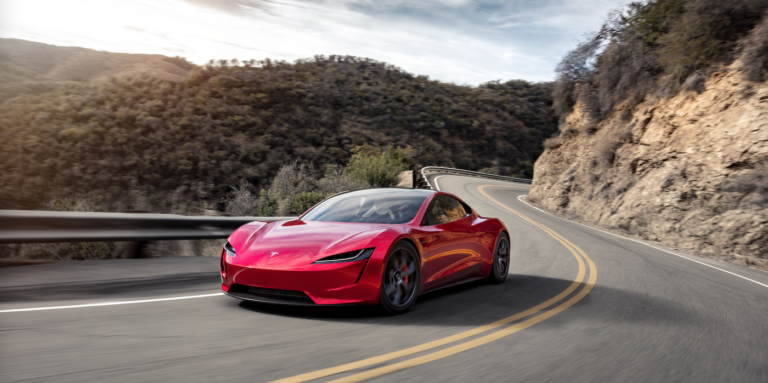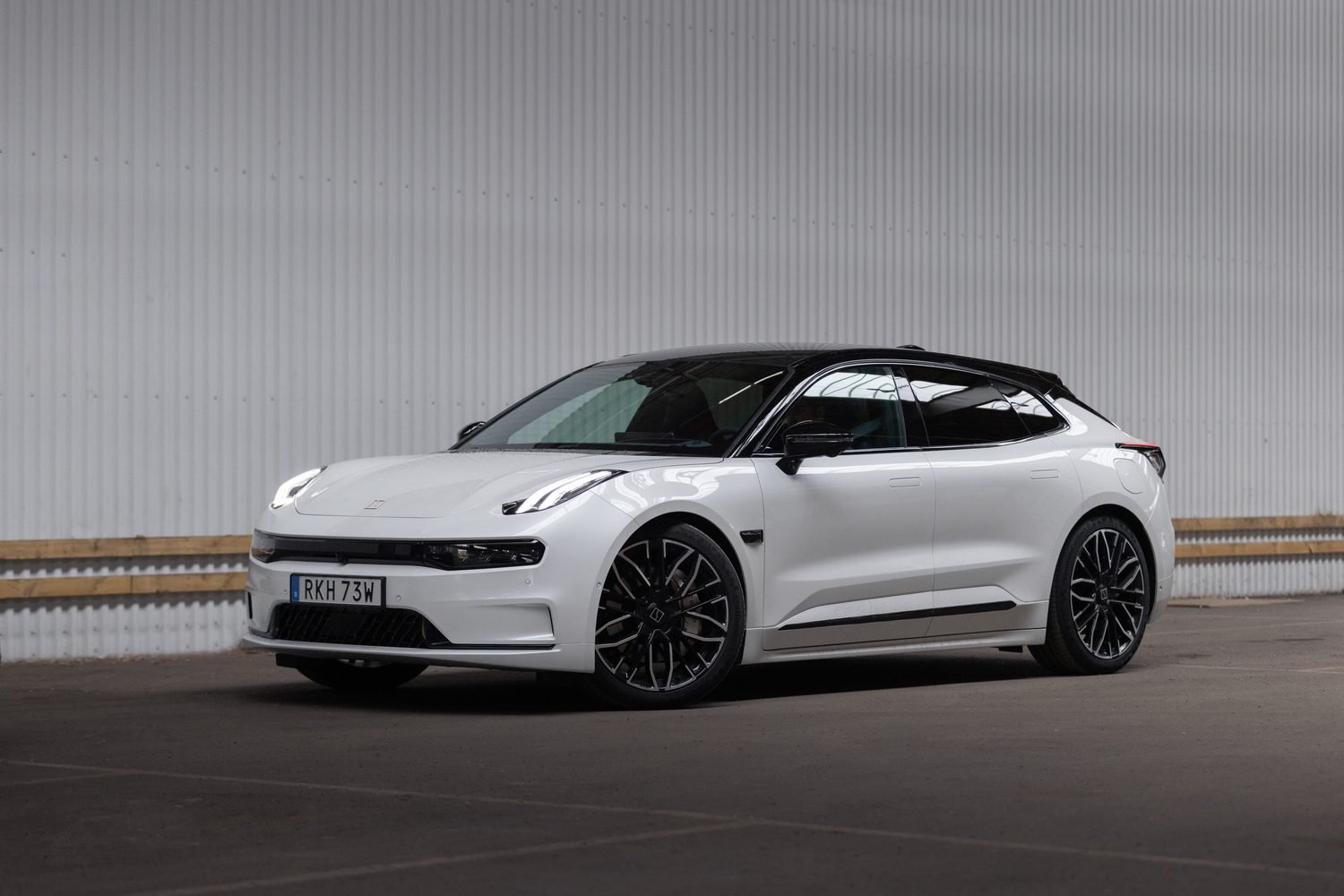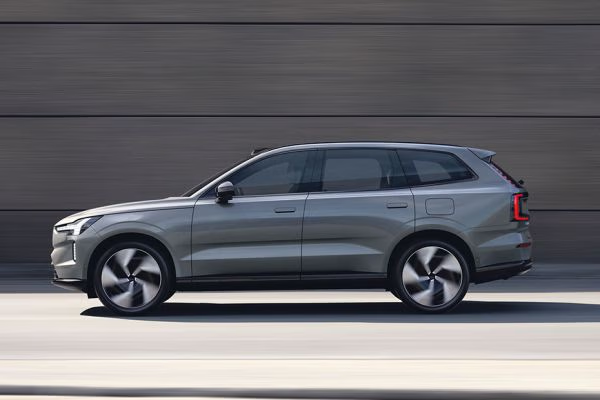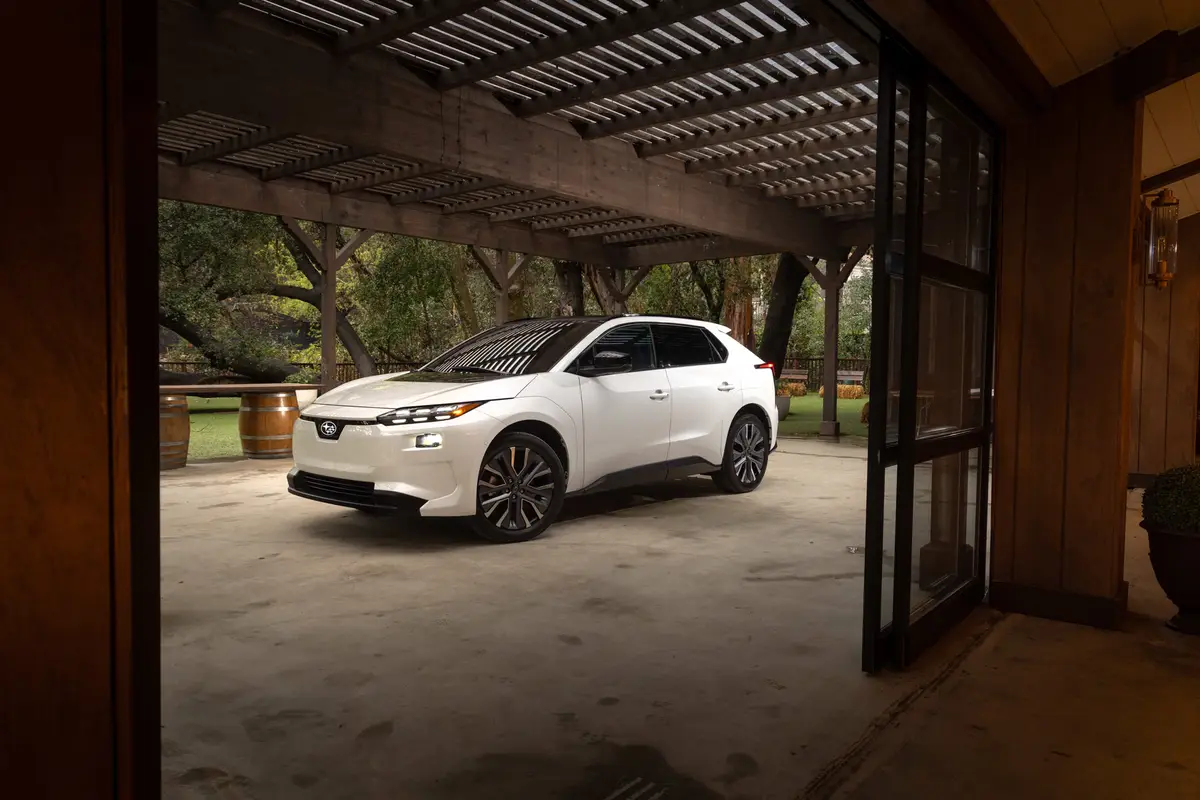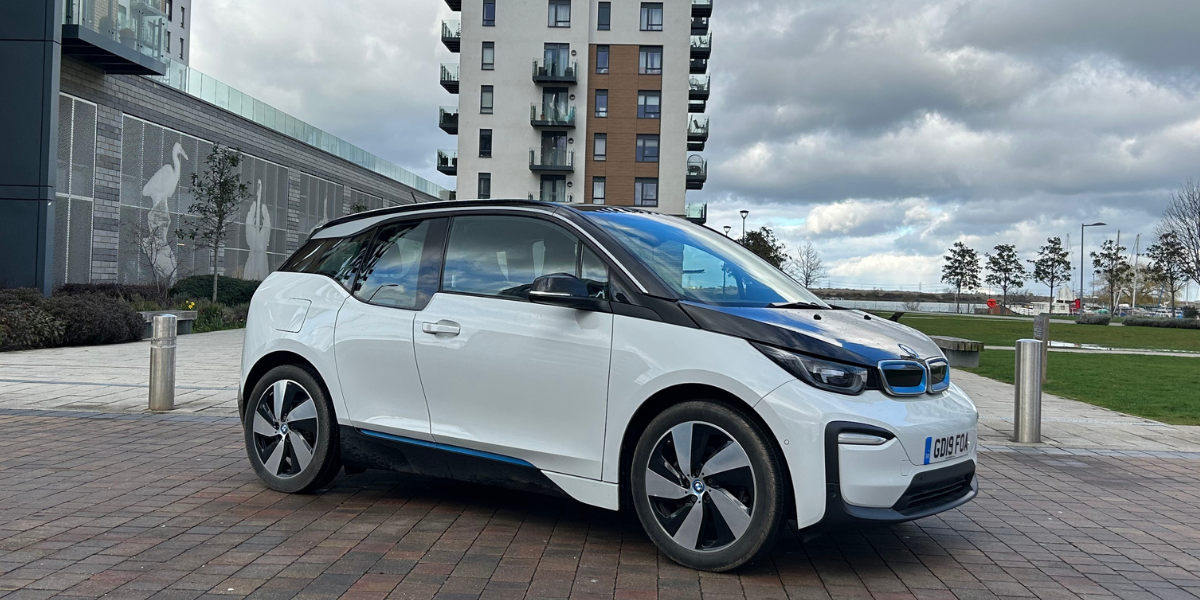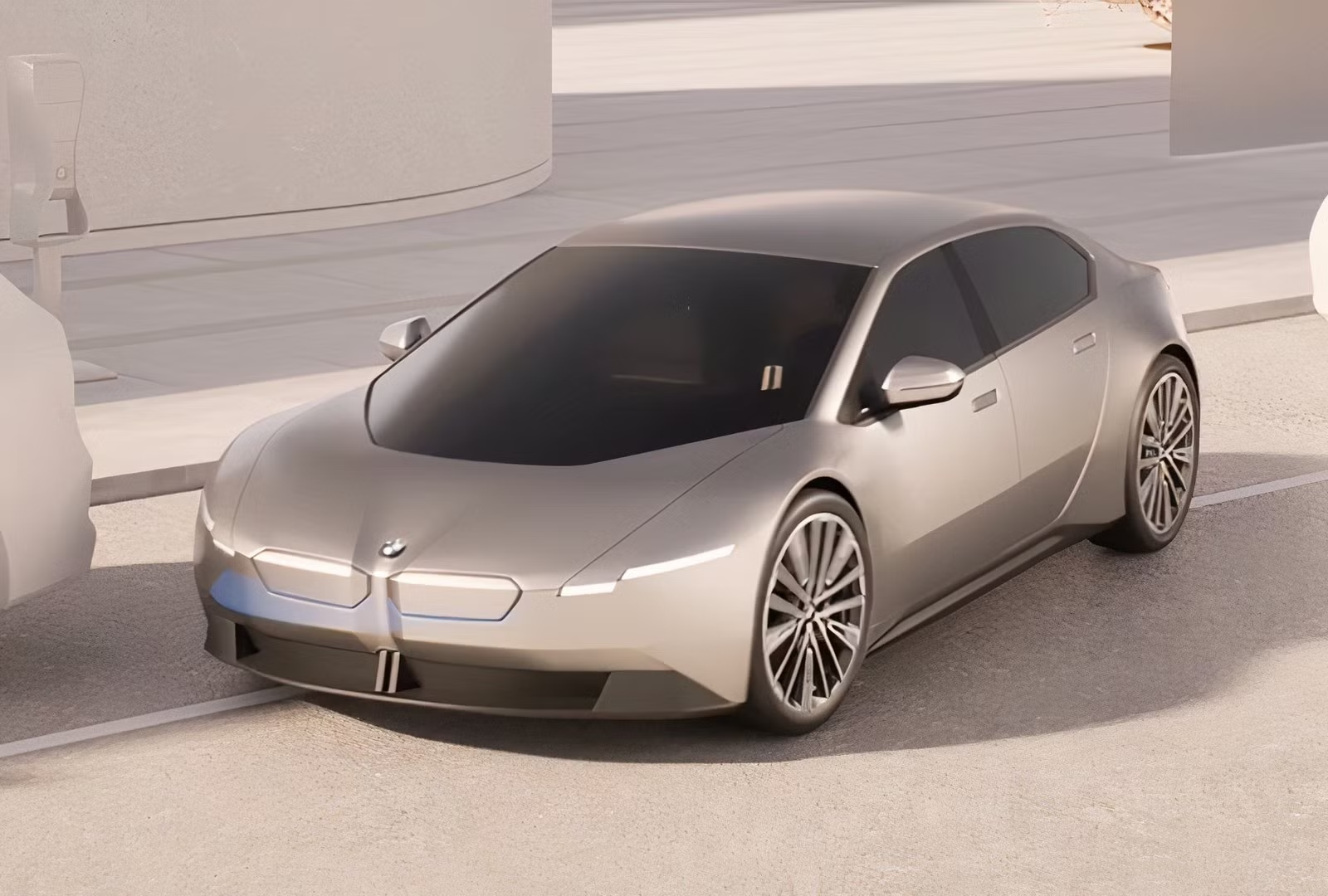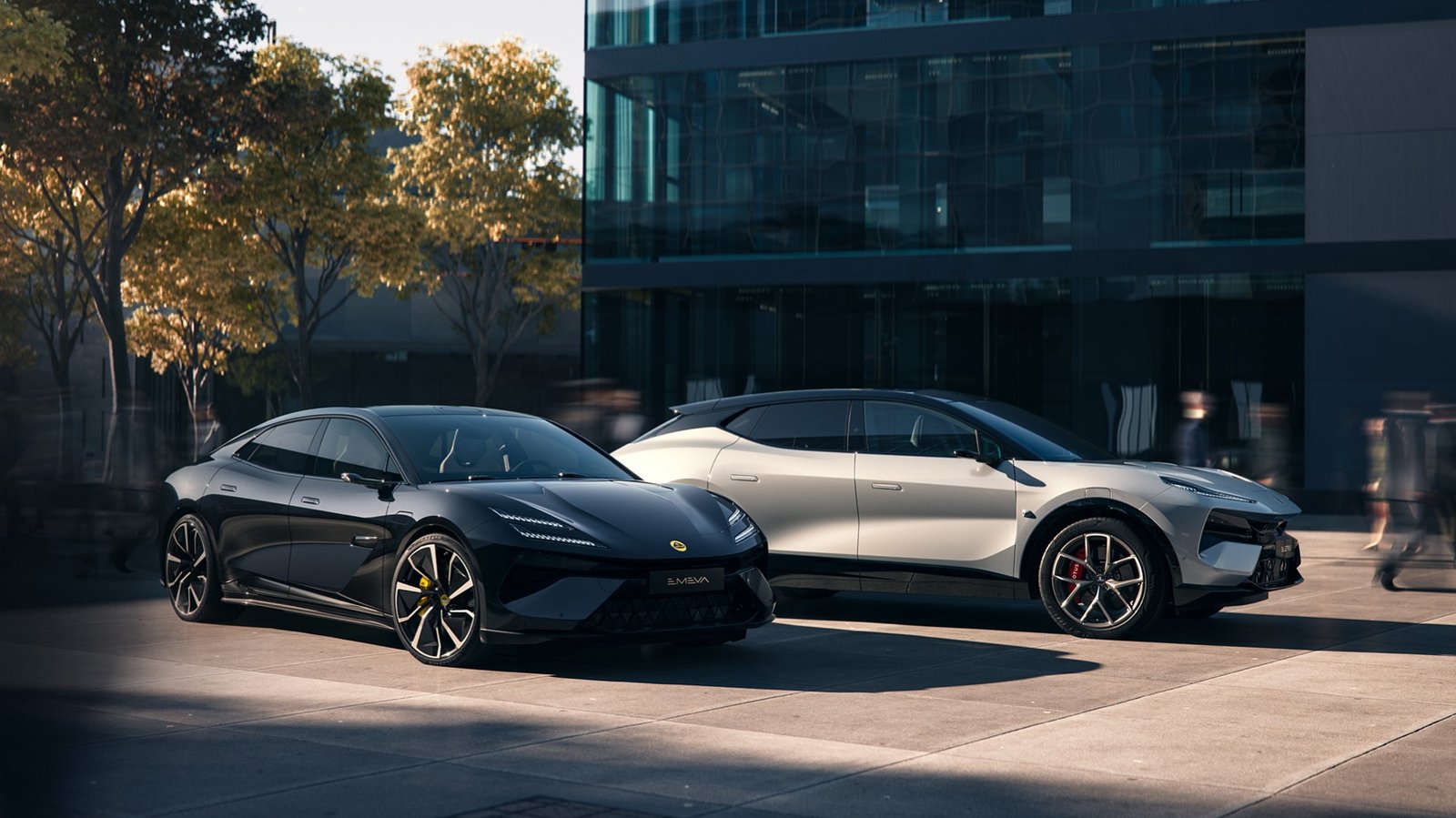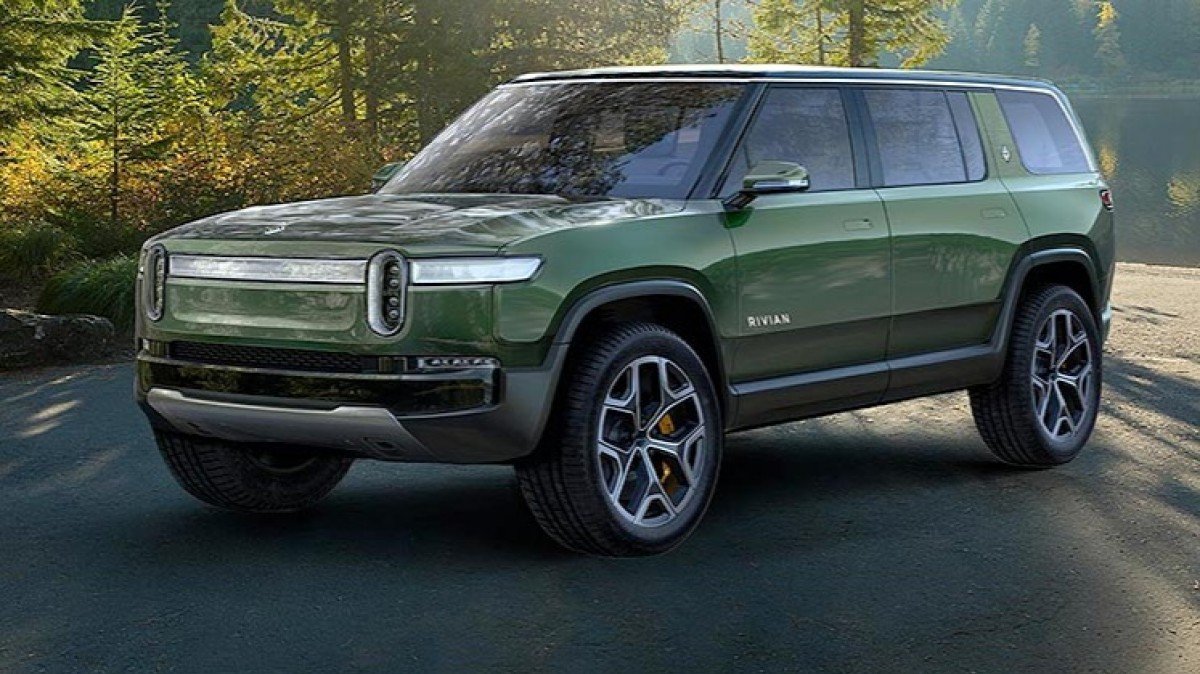Europe’s electric vehicle (EV) market is currently experiencing an unprecedented growth spurt. With governments pushing green agendas, infrastructure improving, and consumers becoming increasingly environmentally conscious, the EV sector is flourishing across the continent. However, there’s one notable exception: Tesla, the brand that revolutionized the electric car industry, appears to be missing out on this European EV boom. Despite its global dominance, Tesla’s role in Europe is becoming less significant as more local and international competitors ramp up production and market presence.

Europe’s EV Market Surge
The European Union has been one of the most proactive regions in embracing the electric revolution. With stringent emission standards and a commitment to carbon neutrality by 2050, the EU is heavily incentivizing the shift to electric mobility. Countries like Norway, the Netherlands, and Germany have seen record-breaking EV sales, with more electric cars sold annually than ever before.
In particular, the rollout of fast-charging infrastructure has been a key driver of growth. Tesla’s Supercharger network was once one of its biggest advantages, but many new players — including Volkswagen, BMW, and even startups like Rivian and Lucid Motors — have joined the fray, making it easier for consumers to charge their EVs without relying solely on Tesla’s network.
Moreover, European automakers are increasingly pivoting towards electric powertrains. Volkswagen has pledged to make its entire lineup electric by 2035, and other legacy automakers like Mercedes-Benz and BMW are introducing a wide array of electric models to compete in the market. These companies have spent years perfecting their EV technology, and their efforts are starting to pay off, with a surge in both production and sales.
Tesla’s Struggle in Europe
Despite Europe’s massive push for electric vehicles, Tesla is struggling to maintain its dominance. While the brand still holds a significant market share in several European countries, its position is being eroded by local competition and increasingly sophisticated European EVs. Tesla’s vehicles, while popular for their range and performance, face growing competition from well-established automakers who offer similar features, often at lower prices or with more refined designs.
One of the biggest challenges Tesla faces in Europe is the price sensitivity of consumers. While Tesla’s vehicles are seen as cutting-edge, they come with premium price tags that put them out of reach for many middle-class buyers. European automakers have taken advantage of this by offering more affordable electric models, like Volkswagen’s ID.3 and ID.4, which are proving to be popular choices.
Additionally, Tesla’s quality control issues and build quality inconsistencies have gained some traction in the media. Many consumers in Europe, known for their discerning taste and preference for premium craftsmanship, are hesitant to choose Tesla when alternatives from German and French automakers are widely regarded as more polished and well-finished.
The Local Competition Heats Up
The rise of European electric vehicles has played a significant role in Tesla’s relative decline in the region. Companies like Volkswagen, BMW, and Mercedes-Benz are leading the charge with their high-quality electric offerings, while newcomers like Rivian and Lucid are gaining attention with their innovative designs and performance capabilities.
Volkswagen’s ID.4, for example, is offering a highly competitive alternative to Tesla’s Model Y with a similar price point, range, and features but with the added benefit of being locally produced. BMW’s i4 and iX are also capturing the attention of buyers who want luxury EVs with a strong performance pedigree, something Tesla can’t always deliver with the same level of finesse.
Moreover, with the European Union’s push for carbon-neutral vehicles, automakers based in Europe have an advantage in their home market. Local manufacturers can take advantage of subsidies, manufacturing incentives, and government policies aimed at reducing carbon emissions, which gives them a leg up over Tesla.
Tesla’s Future in Europe: What’s Next?
Despite these challenges, Tesla is not backing down. The company still has a strong presence in Europe, especially in countries like Norway, where EV adoption is near 100%. Tesla continues to innovate with its vehicles, offering long-range options, cutting-edge autonomous driving features, and a customer-centric ecosystem. The company has also been expanding its Gigafactory in Berlin, which will help increase production and reduce costs, making its cars more affordable for European consumers.
However, it’s clear that Tesla’s monopoly in the European market is waning. Local players and new entrants are catching up rapidly, offering more tailored, competitive, and affordable electric options that align with European consumers’ preferences for high-quality, environmentally-conscious vehicles.
Conclusion
While Europe’s electric vehicle market continues to thrive, Tesla’s position in the region is becoming less dominant. As local automakers ramp up their electric offerings and new competitors flood the market, Tesla is facing significant challenges in maintaining its lead. However, with ongoing innovation and local production efforts, the company still has a chance to secure a solid spot in the European market — but it’s clear that the days of Tesla’s European dominance are numbered. The EV party is in full swing, and while Tesla’s invite hasn’t been revoked, the competition is certainly heating up.
FAQs
- Why is Tesla struggling in Europe’s EV market?
Tesla faces stiff competition from local European manufacturers like Volkswagen, BMW, and Mercedes-Benz, who offer high-quality electric vehicles at more affordable prices. - How are European automakers challenging Tesla?
European automakers are producing electric vehicles that rival Tesla in terms of range and performance while benefiting from local manufacturing, subsidies, and customer preferences for refined designs. - Are Tesla cars still popular in Europe?
Yes, Tesla remains popular, especially in countries like Norway. However, its market share is being gradually eroded by the rise of local and international EV options. - What are some popular European electric vehicles?
Volkswagen’s ID.4, BMW’s iX and i4, and Mercedes-Benz’s EQ models are gaining popularity as viable alternatives to Tesla’s offerings in Europe. - Will Tesla be able to maintain its position in Europe?
Tesla’s future in Europe depends on how it adapts to growing competition. Its Berlin Gigafactory and ongoing innovations may help the company maintain a presence, but the market is becoming more competitive.

